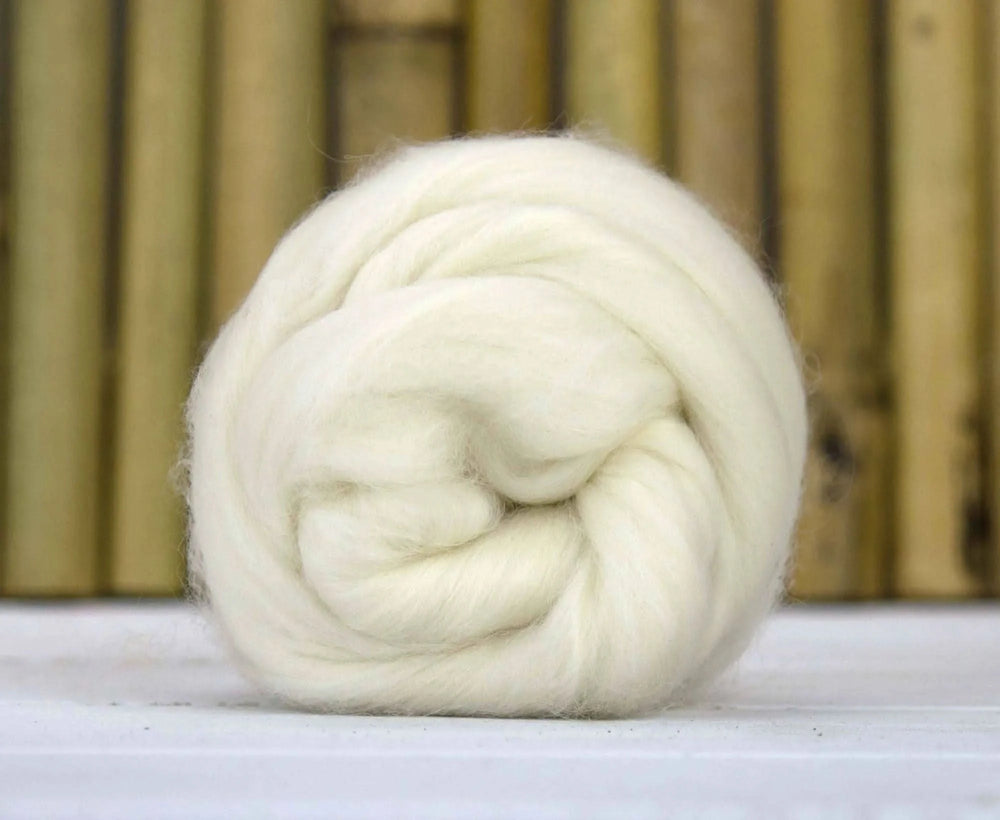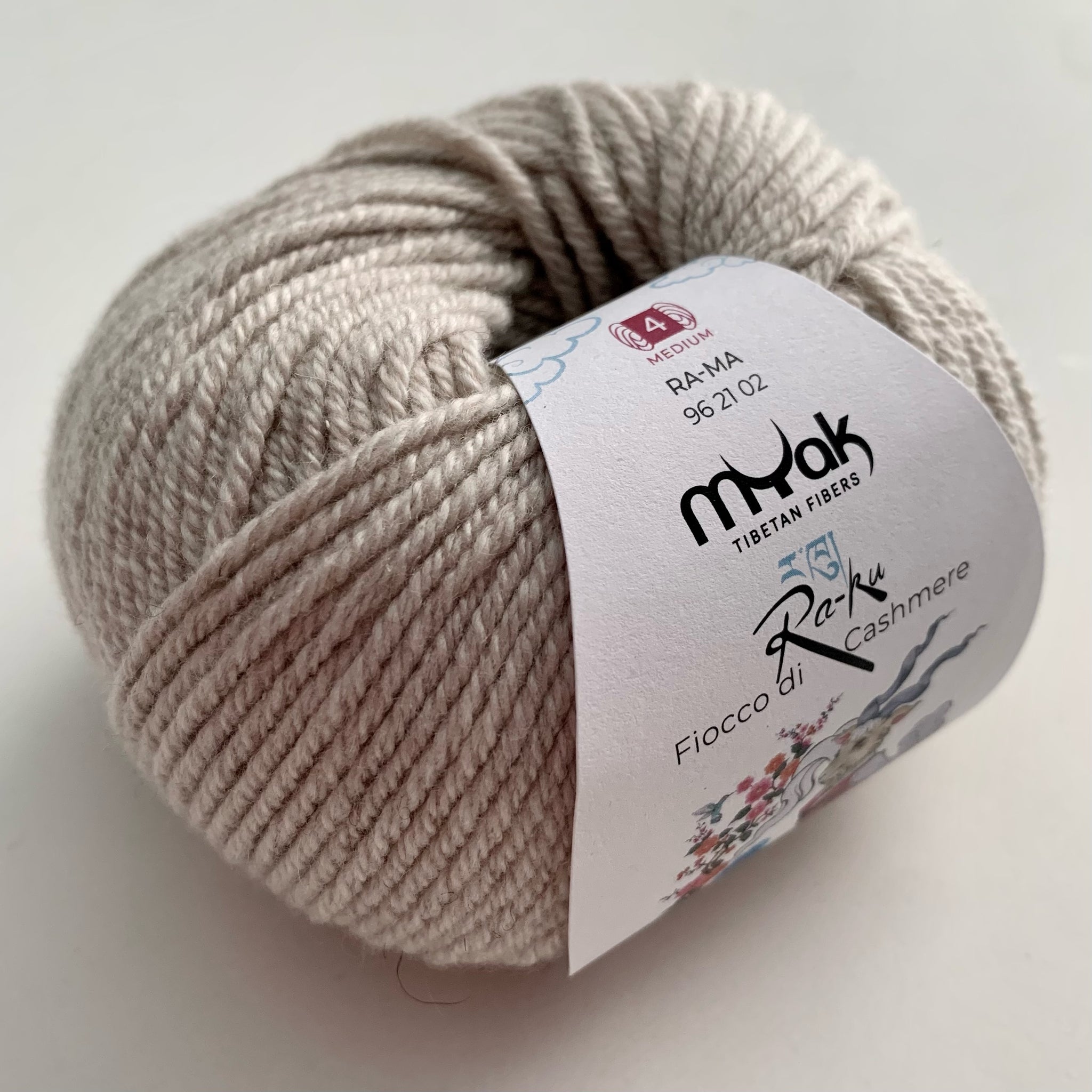Discover the Attraction of Cashmere an All-natural Fiber: Why It's a Must-Have in Your Wardrobe
The allure of cashmere, a luxury natural fiber, goes beyond plain aesthetics. From discussing its fascinating origin to understanding its production procedure, top quality, and treatment, it's worth checking out why cashmere holds such an unique location in the world of textiles.

The Beginning and History of Cashmere: A Brief Overview
While many might check out cashmere as a basic high-end, its history is soaked in rich cultural practice. Stemming from the Kashmir region in India, cashmere woollen has actually been produced for thousands of years. The fiber is gotten from the soft undercoat of cashmere goats, gathered during their molting period. As a valuable commodity, it was traded along the Silk Roadway, ending up being highly valued in Europe in the 18th century. The name 'cashmere' is an old English derivation of Kashmir. Regardless of its worldwide popularity, most of cashmere production still remains in Asia, especially China and Mongolia. This historical trip highlights the cultural significance of cashmere, changing it from a regional specialized to a global deluxe.
Recognizing the Distinct Properties of Cashmere Fiber
While various other materials may use down over time, cashmere keeps its top quality, ensuring resilient wear. Cashmere has a special visual charm. Comprehending these residential properties clears up why cashmere is not just a luxury, but a worthwhile financial investment for any kind of closet.

The Refine of Making Cashmere: From Goat to Garment
To value the luxurious residential or commercial properties of cashmere completely, one should understand its journey from the raw fiber to the finished product. The procedure starts with the cashmere goats, mostly located in Mongolia, China, and Iran. The pure cashmere is after that dyed, spun into thread, and ultimately weaved or woven right into the sought after garments.
Decoding the High Quality and Rate: Why Is Cashmere so Expensive?
Cashmere originates site from the fine undercoat of the cashmere goat, with each goat producing a plain 150 grams each year. The handling of raw cashmere needs both time and competence, with the fibers needing to be thoroughly arranged, cleaned, and spun. These factors combined make cashmere a pricy yet highly desired asset in the world of fashion.
Cashmere in vogue: The Adaptability and Ageless Appeal
Regardless of its high rate, the classic charm and flexibility of cashmere have actually strengthened its place in the world of fashion. The fiber's unique appearance, defined by its softness and heat, has come to be associated with luxury and convenience. Its what material is cashmere adaptability expands beyond seasonal trends, making it a closet important in numerous types, from elegant sweatshirts to stylish headscarfs. The flexible nature of cashmere enables its combination right into both formal and informal outfit, indicating its broad allure. linked here Furthermore, the material's enduring popularity for many years vouches for its classic charm. As fads come and go, cashmere stays a consistent, its appeal undiminished, proceeding to form the fashion and inspire market's landscape.
Caring for Your Cashmere: Maintenance and Preservation Tips
Ensuring the long life of cashmere garments calls for specific care and focus. Routine brushing with a cashmere comb can prevent pilling. With these upkeep and conservation suggestions, one can ensure their cashmere continues to be long lasting and luxuriously soft.
Final Thought
Cashmere, with its unequaled softness and heat, supplies both luxury and durability. Its beginning from the Kashmir region and thorough production procedure contribute to its high-end charm and cost. Its versatility in fashion and sustaining charm make it a worthwhile investment for any kind of wardrobe. With correct care and conservation, cashmere garments can last for many years, supplying a special mix of quality, convenience, and design. Discover the appeal of cashmere and boost your fashion collection.

Comments on “What Is Cashmere and Why It’s Known One of the Softest Fabrics in the World”